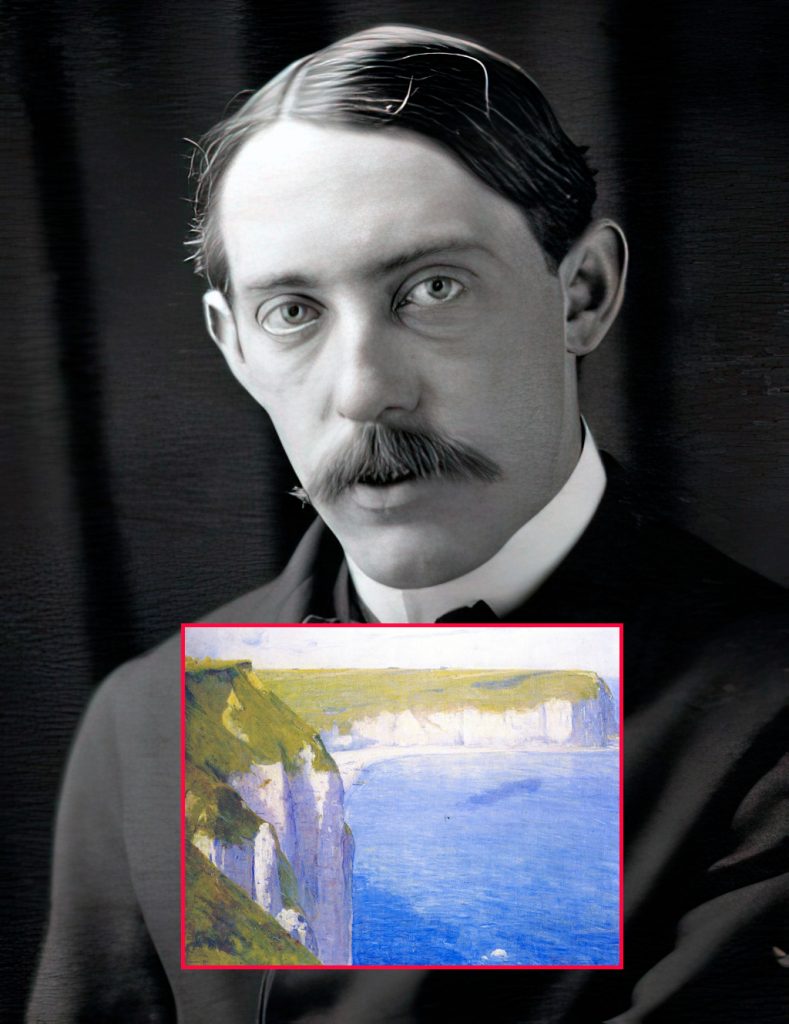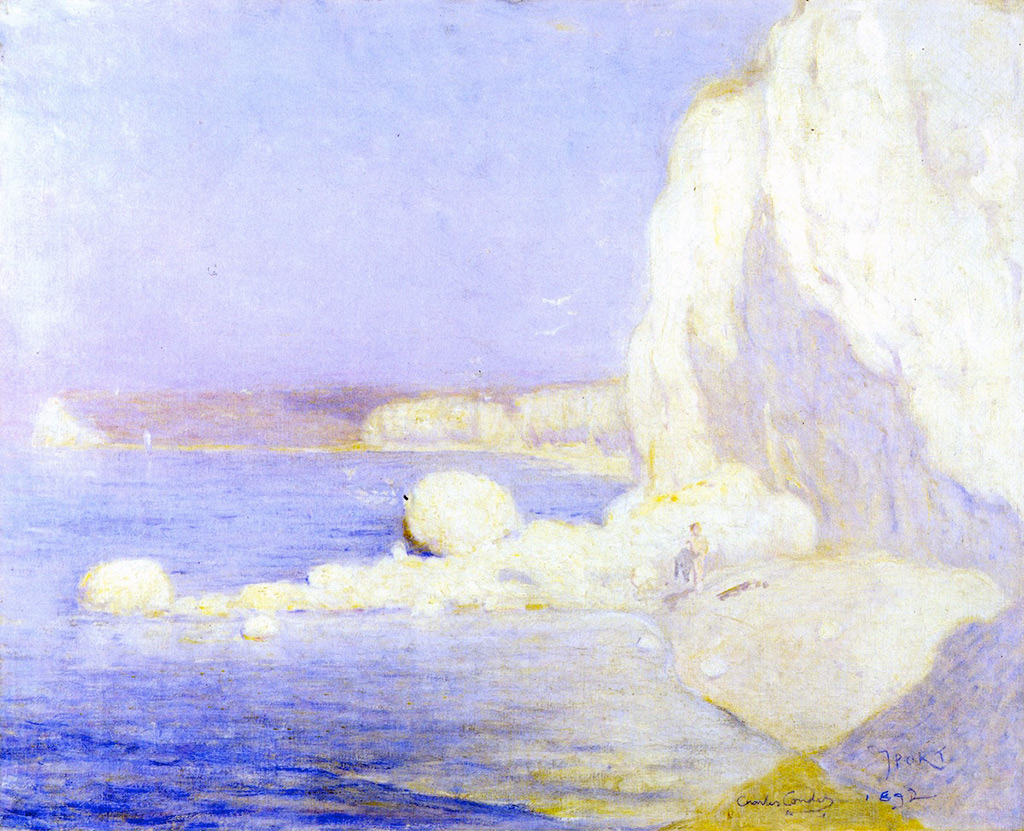This page forms part of a series of pages dedicated to the many artists who worked in Fecamp. A full list of all the artists with a link to their works can be found at the bottom of this page.
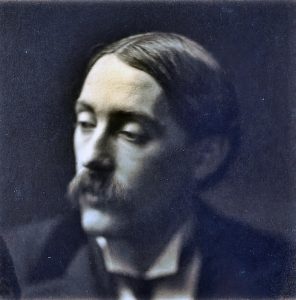
Movement(s): –
Charles Edward Conder (1868 – 1909) was an English-born painter, lithographer and designer. He emigrated to Australia and was a key figure in the Heidelberg School, arguably the beginning of a distinctively Australian tradition in Western art.
He spent several years as a young child in India until the death of his mother (aged 31 years) on 14 May 1873 in Bombay, when Charles was four; he was then sent back to England and attended a number of schools including a boarding school at Eastbourne, which he attended from 1877.
He left school at 15, and his very religious, non-artistic father, against Charles’s natural artistic inclinations, decided that he should follow in his footsteps as a civil engineer.
In 1884, at the age of 16, he was sent to Sydney, Australia, where he worked for his uncle, a land surveyor for the New South Wales government. However he disliked the work, much preferring to draw the landscape rather than survey it. In 1886, he left the job and became an artist for the “Illustrated Sydney News”, where he was in the company of other artists such as Albert Henry Fullwood, Frank Mahony and Benjamin Edwin Minns.
In 1888, Conder moved to Melbourne where he met other Australian artists including Arthur Streeton, and shared a studio with Tom Roberts, whom he had previously met in Sydney. Short of cash, the attractive Conder apparently paid off his landlady by sexual means, catching syphilis in the process, which was to plague the later years of his life.
In 1890, he moved to Paris and studied at the Academie Julian, where he befriended several avant-garde artists. He spent the rest of his life in Europe, mainly Britain, but visiting France on many occasions. His art was better received in Britain than in Paris. In 1892, Henri de Toulouse-Lautrec painted his portrait, this sketch is owned by the Aberdeen Art Gallery.
In 1895, Conder came to Dieppe, attempting to socialise among the artistic community and the English families with their attractive daughters, as described by Simona Pakenham in her study of the English people there in the century before World War I. His friends remembered him as ” a sick man, unable to face reality”. In spite of drunken spells and disreputable company, Conder’s powers as an artist were then at their height. He made a specialty of painting on silk, relatively easy on silk fans, but he excelled on one occasion when he painted a series of white silk gowns worn by Alexandra Thaulow, wife of Norwegian painter Frits Thaulow, while she stood on a table, the gowns becoming “coloured like a field of flowers”.
He spent the last year of his life in a sanatorium, and died in Holloway Sanatorium of “general paresis of the insane”, in modern terms tertiary syphilis. In death, Conder’s work was rated highly by many notable artists, such as Pissarro and Degas.
Click here to read Conder’s full bio on Wikipedia.
NOTE: Click on any image below for a bigger version (no new window will open).
NOTE: To our knowledge, Conder did not paint in Fecamp, instead spent time in one of Fecamp’s suburbs; Yport.
Yport
Yport (population: 850), a small fishing village (with no harbour), lies close to Fecamp on the South-West alongside the coast. Today it’s a seaside resort village with a casino, restaurants and hotels.
Charles Condor did not paint much in France despite having lived there. He painted in the following places (a link “⇠” to his works will appear below when published):
Fecamp is a picturesque fishing town which made for a great backdrop for many artist. Here are all the artists who applied their arts in the town and its surroundings (a link “⇠” will appear when we have published an article on this artist’s works in Fecamp):
NOTE: a “*” besides the artist’s name indicates that the artist did NOT work directly in Fecamp, instead worked in Fecamp’s surroundings only.
- 🇺🇸 Boggs, Frank Myers ⇠
- 🇷🇺 Bogolyubov, Alexey (Alexei) ⇠
- 🇫🇷 Boudan, Louis * ⇠
- 🇫🇷 Boudin, Eugene-Louis ⇠
- 🇫🇷 Bourgeois, Constant ⇠
- 🇫🇷 Burel, Henry E. ⇠
- 🇺🇸 Butler, Theodore Earl ⇠
- 🇬🇧 Callow, William ⇠
- 🇬🇧 Conder, Charles * ⇠
- 🇬🇧 Cooke, Edward William ⇠
- 🇬🇧 Cotman, John Sell ⇠
- 🇫🇷 Cyr, Georges Albert ⇠
- 🇫🇷 de Jolimont, Theodore Basset * ⇠
- 🇫🇷 Dufy, Raoul ⇠
- 🇫🇷 Garneray, Ambroise Louis ⇠
- 🇫🇷 Gernez, Paul-Elie ⇠
- 🇳🇱 Kickert, Conrad Theodore ⇠
- 🇫🇷 Kuwasseg, Charles Euphrasie ⇠
- 🇫🇷 Letellier, Emile-Andre ⇠
- 🇫🇷 Loiseau, Gustave ⇠
- 🇫🇷 Maclet, Elisee ⇠
- 🇫🇷 Marquet, Albert ⇠
- 🇫🇷 Maufra, Maxime * ⇠
- 🇬🇧 Meadows, Arthur Joseph ⇠
- 🇫🇷 Michallon, Achille-Etna ⇠
- 🇫🇷 Monet, Claude ⇠
- 🇫🇷 Morisot, Berthe ⇠
- 🇫🇷 Noel, Jules Achille
- 🇫🇷 Pecrus, Charles Francois ⇠
- 🇫🇷 Pissarro, Camille * ⇠
- 🇫🇷 Renoir, Pierre-Auguste * ⇠
- 🇫🇷 Roullet, Gaston ⇠
- 🇬🇧 Schafer, Henry Thomas ⇠
- 🇫🇷 Schuffenecker, Claude-Emile * ⇠
- 🇫🇷 Signac, Paul
- 🇬🇧 Smallwood, William Frome ⇠
- 🇬🇧 Stanfield, Clarkson Frederick ⇠
- 🇧🇪 Timmermans, Louis-Etienne ⇠
- 🇩🇪 Weber, Theodore Alexander ⇠
NOTE: You can subscribe to our new articles by entering your email address in the box on the right column (or at the very bottom of this article) and clicking on the button “Subscribe”.
You will need to check your incoming emails and validate your subscription. If you can’t see an email from us, check your Spam folder. Without validating your email address, you will not get notifications from us. WE WILL NEVER GIVE YOUR EMAIL ADDRESSES TO ANYONE!
Related Posts
- 95
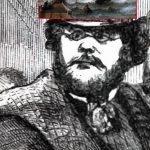 Theodore Alexander Weber (1838 - 1907) was born in Leipzig, Germany and died in Paris, France. He was a German painter who took the French nationality in 1878. Here are his paintings he made in Fecamp, Normandy.
Theodore Alexander Weber (1838 - 1907) was born in Leipzig, Germany and died in Paris, France. He was a German painter who took the French nationality in 1878. Here are his paintings he made in Fecamp, Normandy. - 95
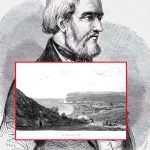 Ambroise Louis Garneray (1783 – 1857) was a French corsair, painter and writer. He was held as prisoner-of-war by the British for eight years. He was in fact the first Peintre de la Marine. Here is the 1 drawing of his we found which he made in Fecamp, Normandy.
Ambroise Louis Garneray (1783 – 1857) was a French corsair, painter and writer. He was held as prisoner-of-war by the British for eight years. He was in fact the first Peintre de la Marine. Here is the 1 drawing of his we found which he made in Fecamp, Normandy. - 95
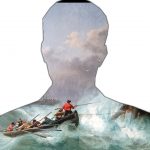 Charles Euphrasie Kuwasseg (1838 – 1904) was a French painter of the 19th century. He essentially specialized in landscape paintings. His father, Karl Joseph Kuwasseg, was an Austrian born in Trieste on March 16, 1802, and also a renowned painter. His father left for Paris, and took French nationality. He…
Charles Euphrasie Kuwasseg (1838 – 1904) was a French painter of the 19th century. He essentially specialized in landscape paintings. His father, Karl Joseph Kuwasseg, was an Austrian born in Trieste on March 16, 1802, and also a renowned painter. His father left for Paris, and took French nationality. He… - 95
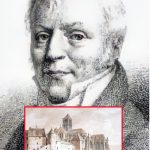 Florent Fidele Constant Bourgeois (1767 – 1841) was a French landscape painter, engraver, and lithographer. He studied under Jacques-Louis David, but spent much of his time in Italy. Here is the 1 work we found of his of Fecamp, Normandy.
Florent Fidele Constant Bourgeois (1767 – 1841) was a French landscape painter, engraver, and lithographer. He studied under Jacques-Louis David, but spent much of his time in Italy. Here is the 1 work we found of his of Fecamp, Normandy. - 95
 Louis-Etienne Timmermans (1846 - 1910) was a Belgian painter, specialized in marine paintings and landscapes. He was a pupil of the Academie de Bruxelles and the Ecole des Beaux Arts de Paris. Timmermans worked mostly in France, painting small coastal harbours, which he painted with a precise realism. He died…
Louis-Etienne Timmermans (1846 - 1910) was a Belgian painter, specialized in marine paintings and landscapes. He was a pupil of the Academie de Bruxelles and the Ecole des Beaux Arts de Paris. Timmermans worked mostly in France, painting small coastal harbours, which he painted with a precise realism. He died…
